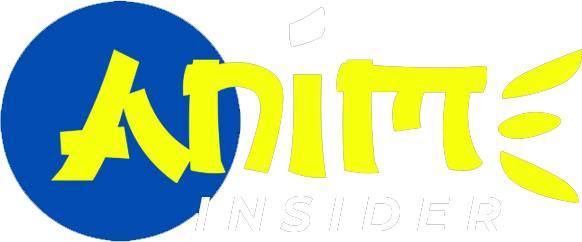Netflix’s growing investment in anime has reached new heights. A recent securities report from IG Port, the parent company of Production I.G (best known for Kaiju No. 8) and WIT Studio (which animated Attack on Titan’s first three seasons), revealed that Netflix paid the group 3.57 billion yen, or $24.3 million, in the fiscal year ending May 2025. This figure reflects both licensing deals and video production contracts, underlining the platform’s dual approach to anime distribution and creation.

Netflix’s Payments to IG Port
Of the total, 1.53 billion yen (around $10.4 million) came through Netflix Global as part of IG Port’s copyright business segment. This includes licensing fees paid for streaming rights. One standout example was Kimi ni Todoke Season 3, produced by Production I.G, for which Netflix paid a lump-sum license fee. Remarkably, Netflix accounted for nearly 40 percent of Production I.G’s copyright sales, which totaled 3.95 billion yen.
The other major portion, 2.04 billion yen (approximately $13.9 million), was paid by Netflix Studios for direct video production work. This shows Netflix’s willingness to bypass traditional structures by contracting directly with studios, as opposed to participating in the long-established anime production committee model.
Copyrights, Production Committees, and Opaqueness
The anime production committee system is the standard method of financing anime in Japan. Typically, multiple investors pool resources, form a committee, and share profits. Studios, while contributing artistic vision, often hand over copyright ownership to the committee, limiting their long-term financial benefit.
Netflix, however, often negotiates directly with studios. In these cases, the streaming giant may license streaming rights only, as with Kimi ni Todoke Season 3, or in some cases acquire full copyright, as with Moonrise, animated by WIT Studio. This creates a different funding dynamic, one that critics describe as more opaque since details of Netflix’s contracts are not public.
While Netflix pays significantly higher production fees compared to industry averages—sometimes double or even triple—the money often does not trickle down to animators. Industry veteran Terumi Nishii has noted that the increased budgets typically go toward covering studio deficits rather than improving freelancer wages, a long-standing issue in the anime industry.
Wider Implications for the Anime Industry
IG Port’s report also noted that Toho, another major industry player, was its second-largest contributor after Netflix, paying over 1 billion yen. This highlights the competition between Japanese film distributors and global streaming services as both seek to secure exclusive rights to popular anime.
The debate over copyright transfers and committee structures remains central to the industry’s future. Advocates argue that production committees provide stability by spreading financial risk. Critics counter that they often depress animator pay and limit studios’ ability to benefit from their own creative successes. Netflix’s approach—sometimes acquiring full IP rights and other times licensing—has added new complexity to the discussion.
Meanwhile, some Japanese studios express concern that overseas streamers like Netflix and Crunchyroll do not fully disclose viewing data, which may hide the true profitability of series abroad. This lack of transparency raises fears that Japanese companies may be underselling their content’s global value.

The Future of Netflix and Anime
As anime continues to gain popularity worldwide, Netflix has made clear its ambition to become the world’s largest anime streaming platform. By paying large sums directly to studios like Production I.G and WIT Studio, it has cemented its role as a major financier. However, questions remain about whether the extra funding will improve the lives of animators or simply strengthen corporate margins.
The case of IG Port and Netflix illustrates the balancing act facing the anime industry: between traditional committee structures and new direct-to-streamer deals, between the security of shared investment and the allure of higher budgets, and between global demand and local creator rights.
Follow Anime Insider on Instagram and Facebook for the latest updates on anime news, streaming developments, and behind-the-scenes insights from Japan’s studios.















